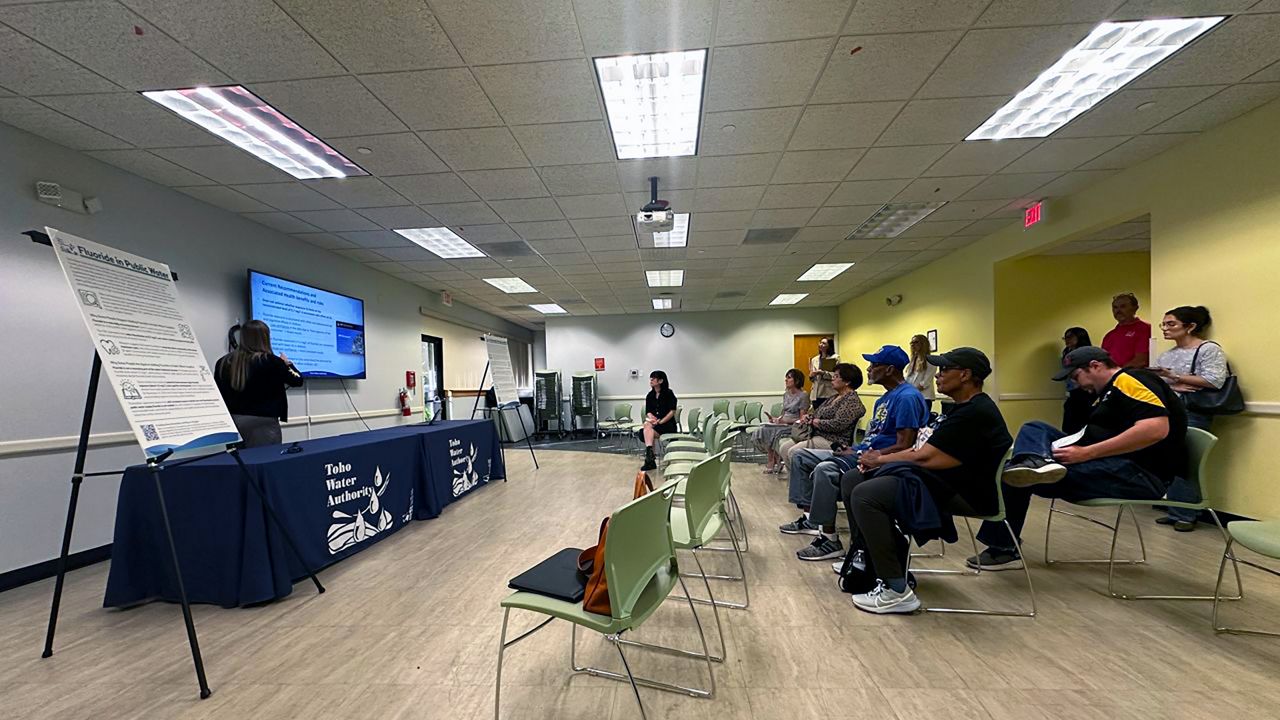MALABAR, Fla. — Another fish kill puts the spotlight on the plight of the struggling Indian River Lagoon.
What You Need To Know
- Hundreds of fish died in the latest Indian River Lagoon fish kill
- A Florida Tech team is researching and testing water quality in the lagoon
- Dr. Austin Fox's team has placed 30 weatherproof sensors throughout the lagoon to monitor water quality
- It also seeks to discover whether some lagoon restoration projects, like muck removal, are working
Dr. Austin Fox, an assistant professor of ocean engineering and sciences at Florida Tech, is part of a team of scientists researching the cause of recent fish kills to study the waterway’s progress to get back to health.
He developed a passion for research at Arizona State, where despite the climate, he developed an interest in oceanography.
“I got to study water quality, using very similar equipment in one of the lakes,” Fox said. “It was a lake in the middle of the town that was created using an inflatable dam, and shortly after I graduated, the dam popped and the lake drained.”
The result was lots of dead fish and muck, mirroring the current state of the lagoon.
Fox and a team from the Brevard Zoo’s Restore Our Shores Program went to the riverbank of a recent fish kill in Malabar, right at one of 16 seagrass monitoring sites in the county’s area of the lagoon.
Hundreds of snook, red drum, sheep-head, spotted trout, bonefish, mullet, puffer, blue crab and stingrays all died.
That monitoring site is where Tyler Provancha leads the team, collecting the data on the seagrass.
“Has it grown, has it died back, what kind of condition it’s in, as well as collecting some water quality sample,” Provancha said.
Fox’s team has placed 30 weatherproof sensors throughout the lagoon to monitor the water quality and to discover whether some of the lagoon restoration projects, like muck removal, are working.
“We’re using these sites to tell whether this or another area would be better for restoration projects,” he said.
In the lagoon lab, Fox recovered a sensor that records dissolved oxygen levels in the water.
Another sensor documented salinity.
Back on land, the information was downloaded, and after checking the data, the latest measurements were positive.
“It’s looking pretty good here,” Fox said. “The fish kill passed through here a week or so ago. It’s looking good. Things are coming back.”
That provides hope that the area of the lagoon will return to health one day.









